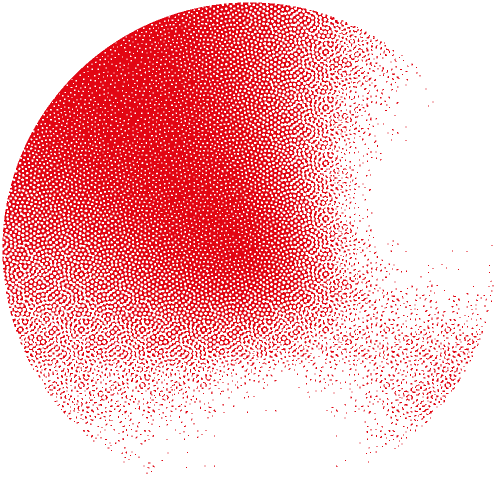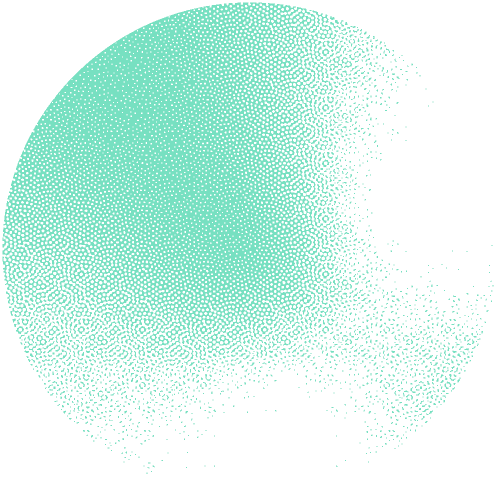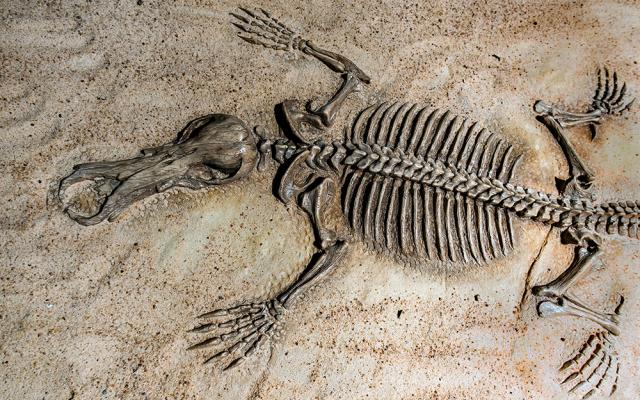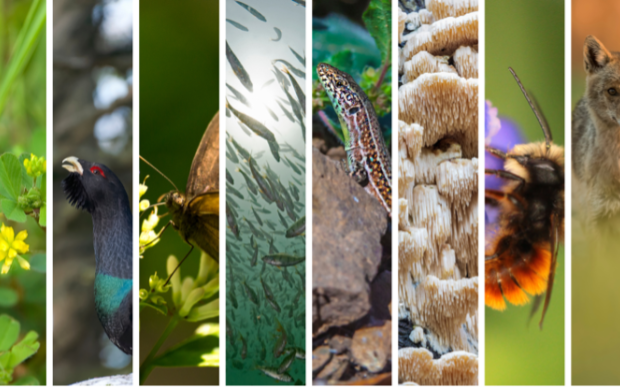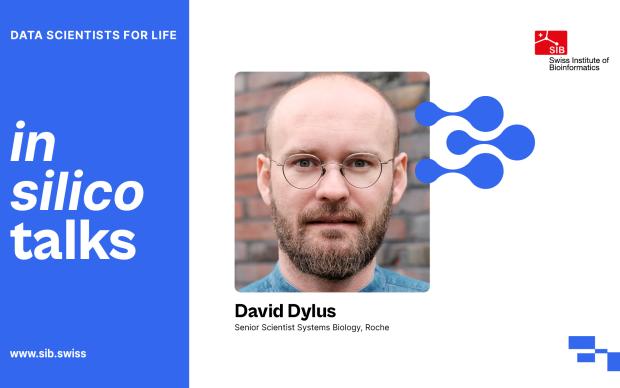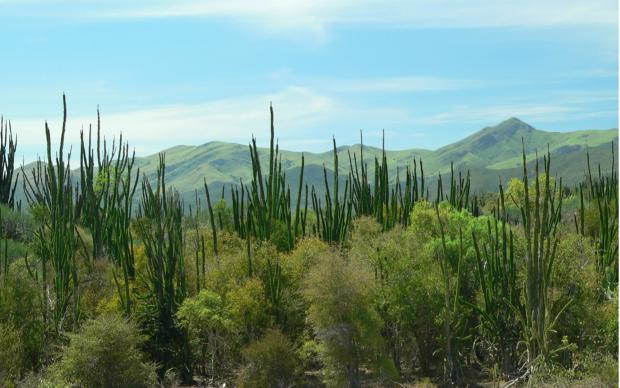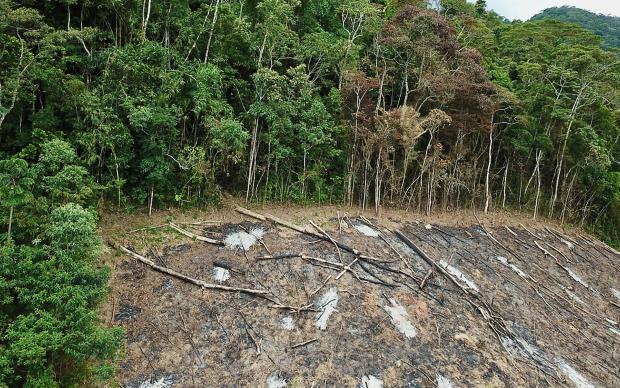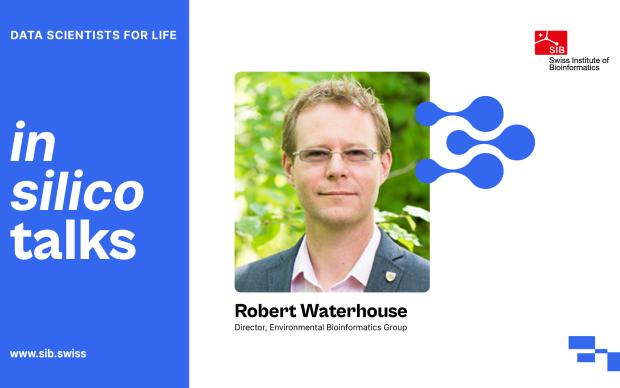Because of gaps in the fossil record, paleontologists have had a hard time painting an accurate picture of the extent of biodiversity in the past and understanding its change over time. A study led by SIB member Rebecca Cooper and Group Leader Daniele Silvestro of the University of Fribourg shows how AI can make their task easier.
Scientists estimate that currently there are over 8 million plant and animal species. To understand this incredible profusion and variety, paleontologists have to trace back as accurately as possible the processes, including the mass extinctions, that affected global biodiversity over time. To do this researchers draw on the fossil record, which unfortunately represents but a small and often incomplete sampling of species that have ever lived on our planet. Indeed, only an extremely small fraction of plants and animals, between .01 and .1% of organisms, seems to have ever formed fossils.
AI to the rescue
The doctoral candidate Rebecca Cooper, SIB member and lead author of the study, and Professor Daniele Silvestro, leader of SIB’s Computational Evolutionary Paleobiology group, together with Dr. Joseph Flannery-Sutherland of the University of Birmingham, have demonstrated that it is nevertheless possible to evaluate this variety through time, even from a patchy fossil record, by tapping into the power of artificial intelligence. Published quite recently in Nature Communications, their study presents a new software programme called DeepDive that is capable of reconstructing the changes affecting species richness through time. “At the end of the Permian 251 million years ago, massive volcanic activity led to the worst mass extinction known,” Rebecca Cooper explained. “Thanks to Deepdive, we were able to see severe losses in marine animal diversity and discover that it took many millions of years for that diversity to recover.” The DeepDive programme is open source and free to use.
A revolution for paleontologists
This new programme generates hundreds of thousands of synthetic datasets imitating the fossil record. From these, an AI model learns how the number and location of fossils can inform us on the true extent of hidden biodiversity. “It’s been over 50 years that paleontologists have struggled to overcome the uncertainties and limitations of the fossil record by using traditional statistical techniques,” Dr. Flannery-Sutherland explained, “Artificial intelligence now provides a powerful way to tackle its myriad issues and clearly understand how biodiversity has changed through geological time. DeepDive provides new insights that are really exciting!”
Significant initial results
The authors also used their software to analyze the fossil record of elephants and their extinct relatives, such as the mammoth and the mastodon. As a result, Deepdive suggested that over 35 species had been roaming the Earth until quite recently, when many quickly became extinct. “Our study shows that this biodiversity, which takes millions of years to form, can be lost very quickly, as can be seen in the hundreds of extinctions that have occurred in the past centuries,” Professor Silvestro observed, “which makes it imperative that we appreciate the irreplaceable nature of present biodiversity.” At a time when AI permeates most new technologies – and increasingly our lives – a lot of discussion revolves around the misuses and dangers of these increasingly powerful models. That said, much scientific progress stems from AI, as this study demonstrates. “This approach enables us to better understand nature and the mysteries of how life evolved on our planet,” Ms. Cooper concluded.
Reference(s)
Cooper, R.B., Flannery-Sutherland, J.T. & Silvestro, D. DeepDive: estimating global biodiversity patterns through time using deep learning. Nat Commun 15, 4199 (2024).
Photo credit: David Clode – Unsplash - platypus fossil from the Cairns Aquarium Cairns City QLD, Australia
